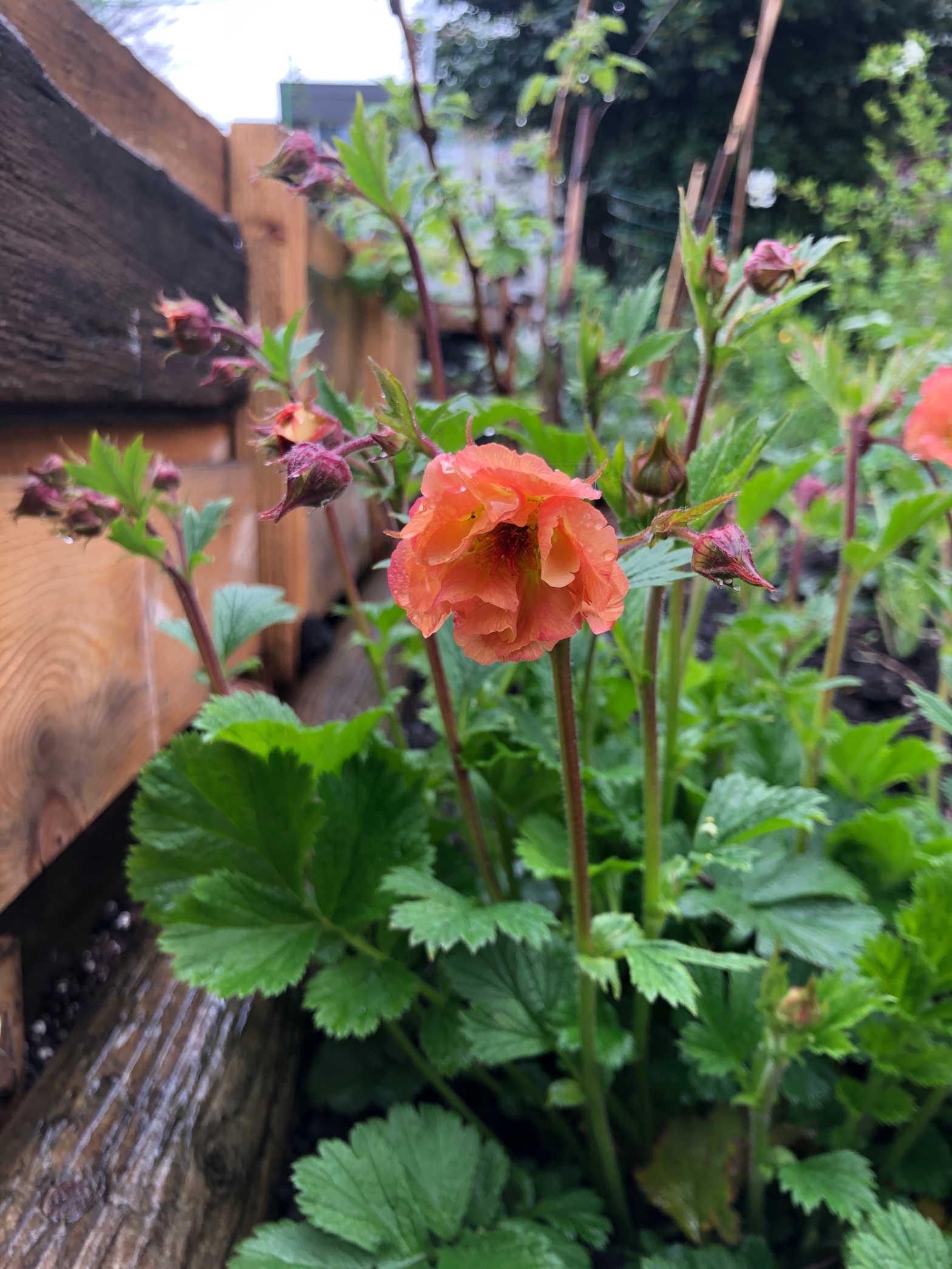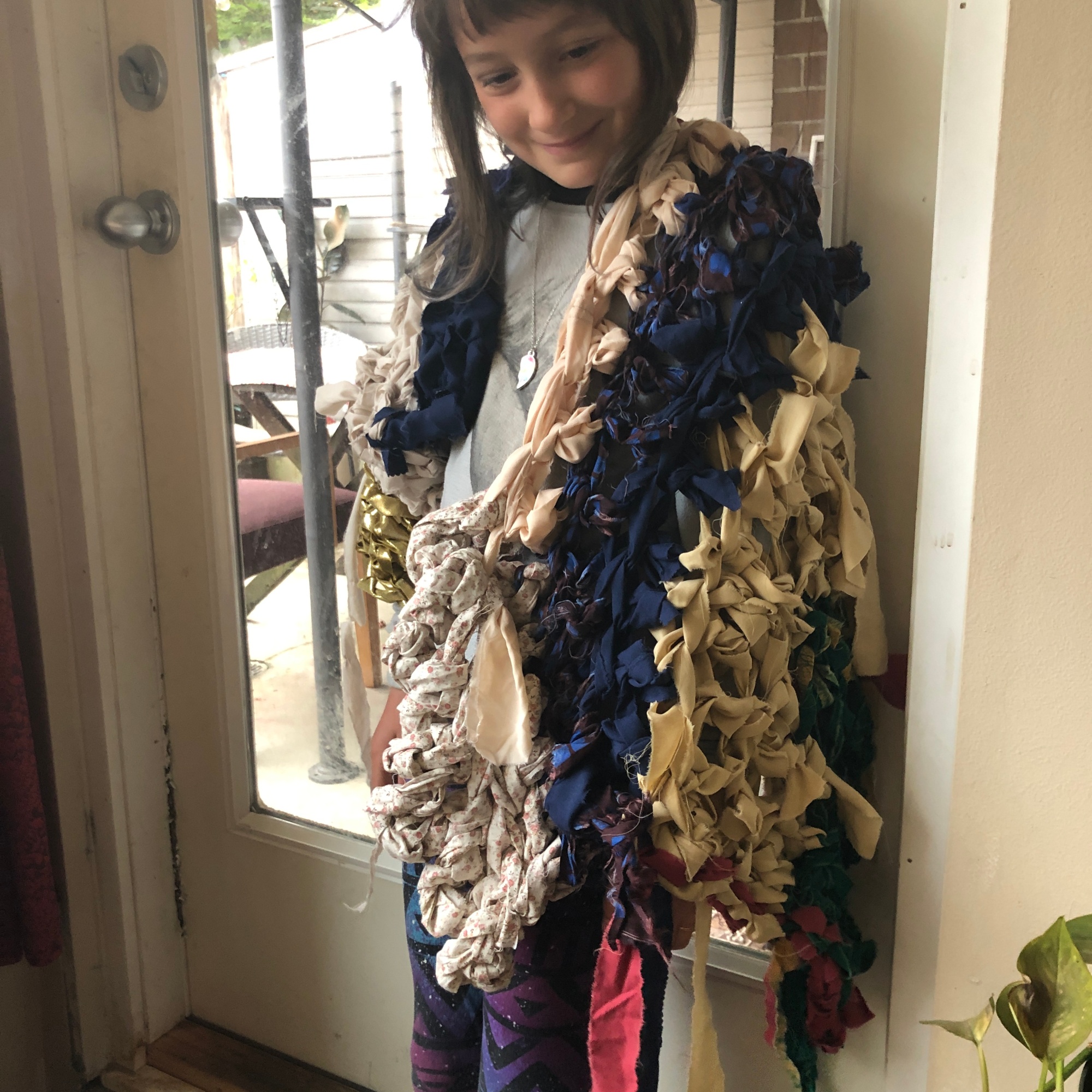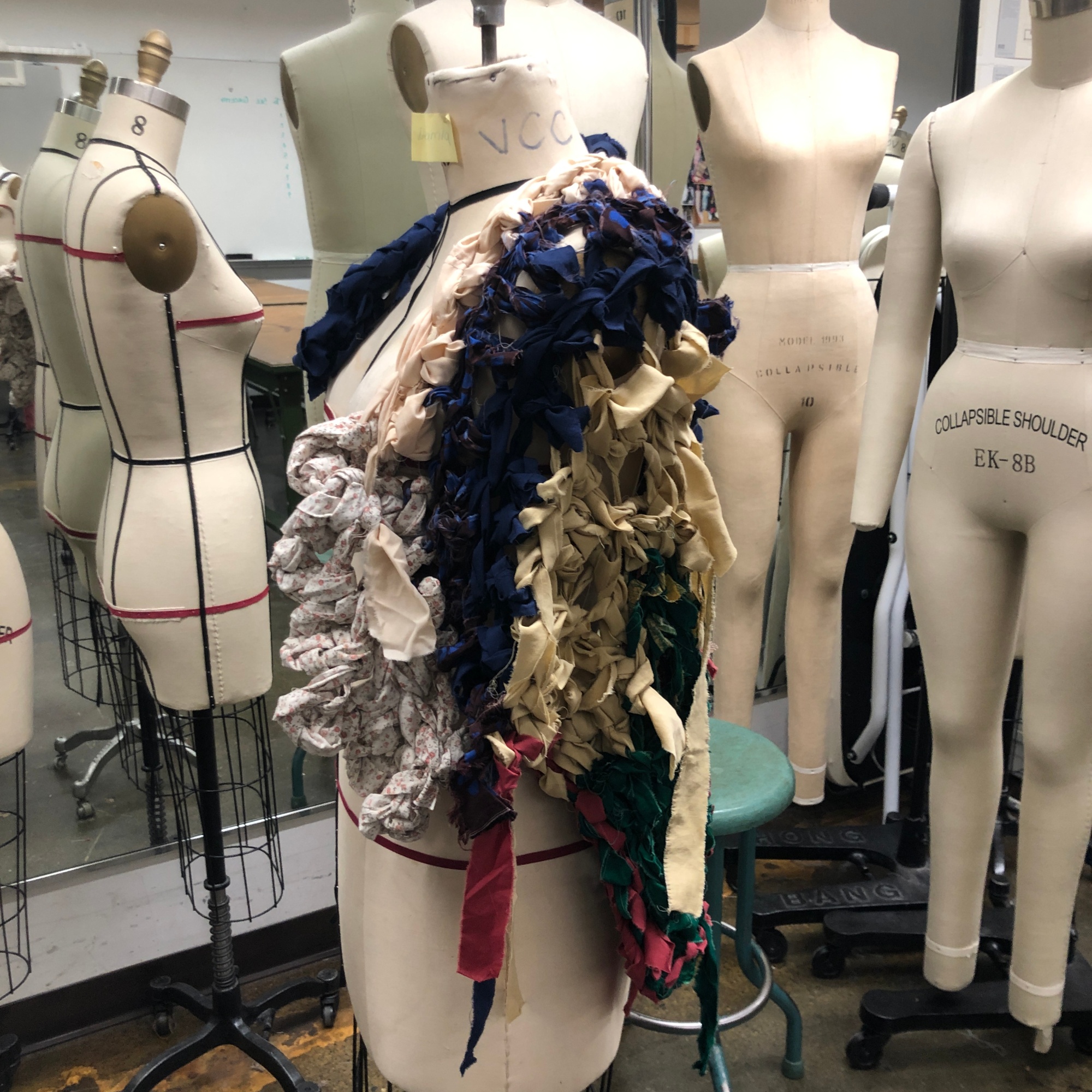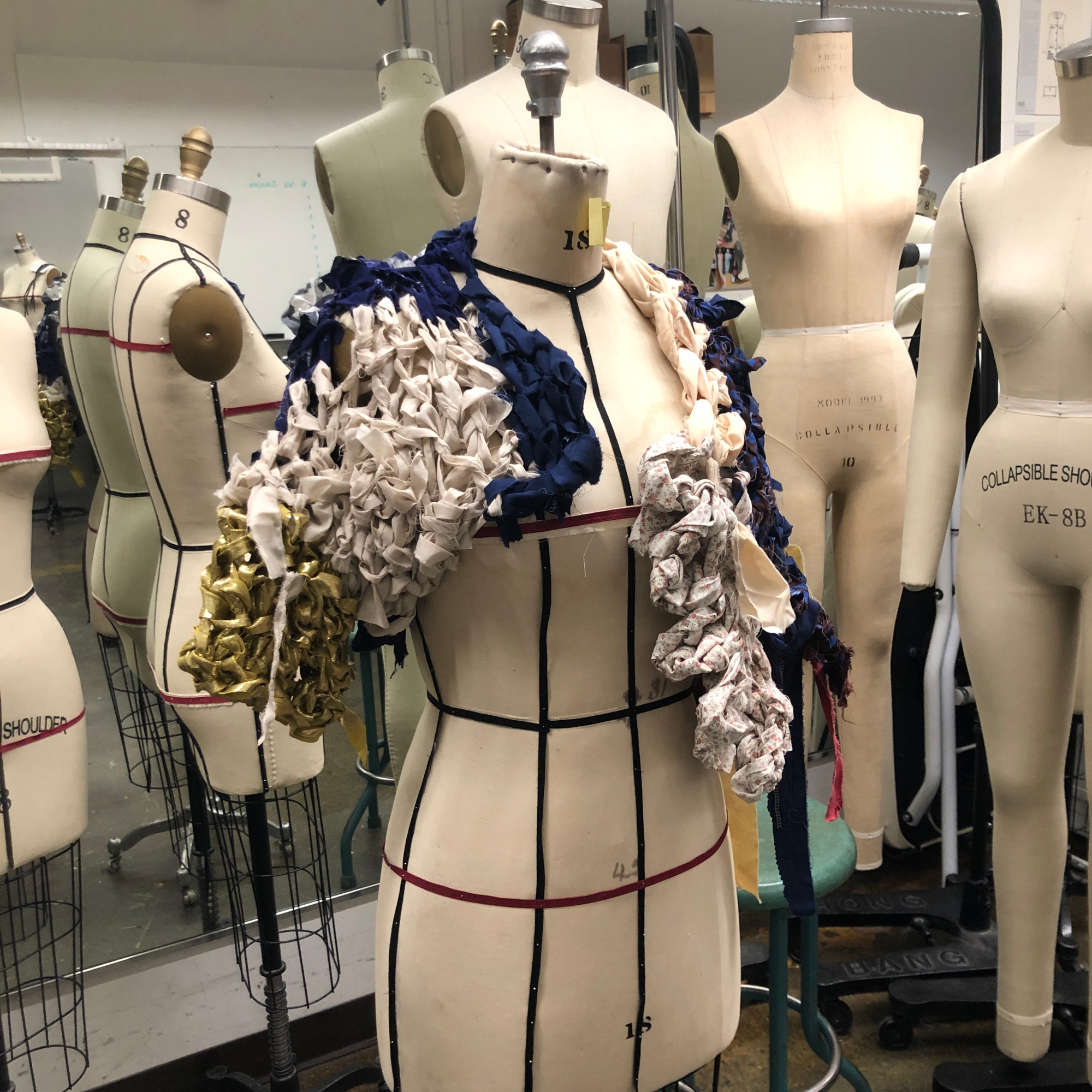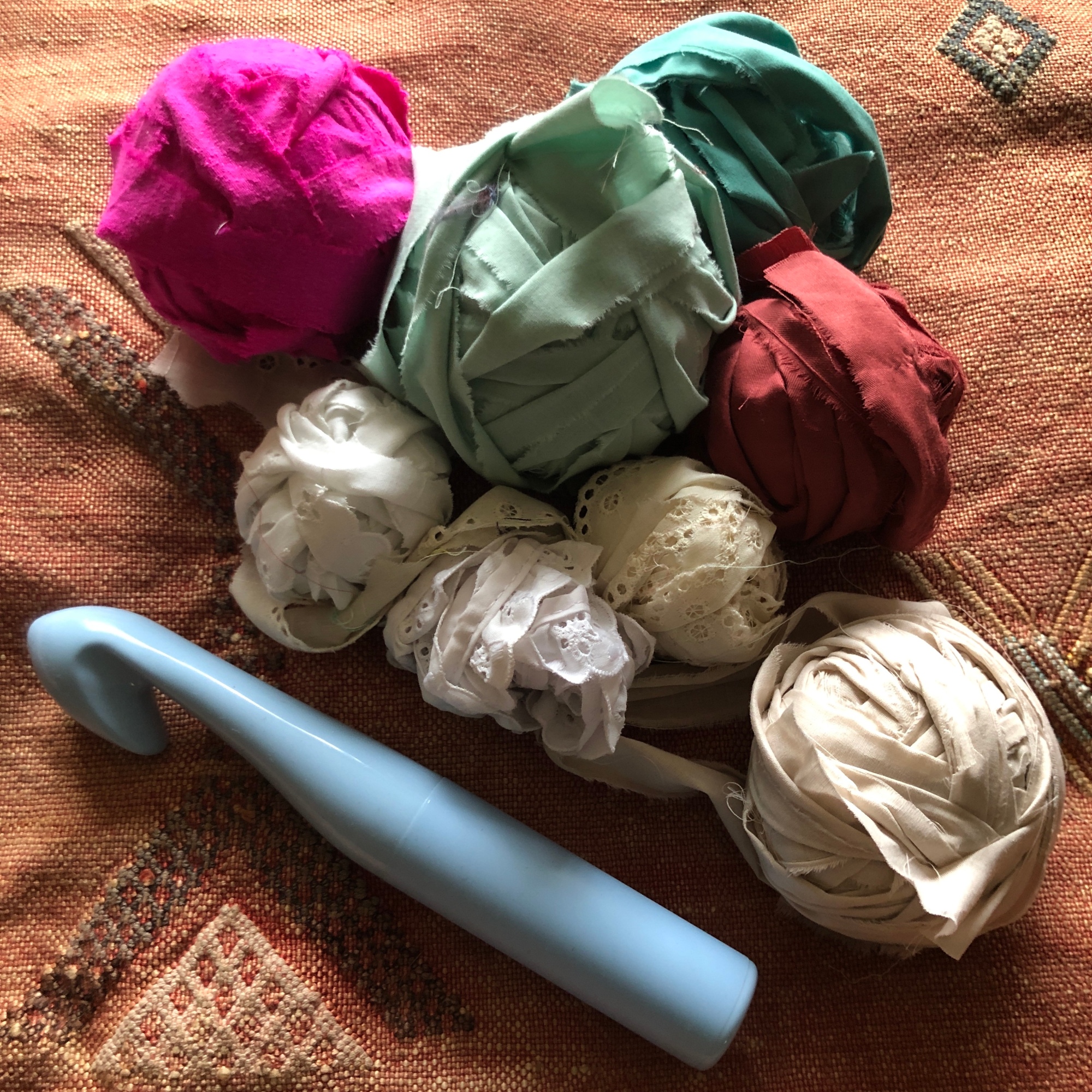Rules are meant to be broken.
- Courses with vague intentions are a waste of time! Your lesson should have a clear purpose and stated learning objectives, and then you should teach and assess to that purpose! Avoid digressions and tangents because you’re not being paid to chase questions down rabbit holes!
Courses always need a thread to follow, and we can’t suffer every fool prof to let conversation take us where it will. However, the most memorable moments in my education were happy accidents, moments that were unplanned and sometimes unrelated. Being open and responsive to curiosity allows the students to become active and engaged participants, taking learning into their own hands.
We often have courses that are heavily planned and prescribed, and as teachers we need to protect nooks and crannies for possible magic. - Avoid sensitive or controversial topics at all costs! When in doubt, give a trigger warning!
When will students learn how to have difficult conversations across divide? How will they build resiliency and learn self-regulation when confronted with something triggering?
This needs to be handled skillfully, but normalizing and appreciating difference and conflict in the classroom will help set up learners to participate in a diverse civil society. Supporting students to care for themselves in the classroom will help them feel more safe in the real world.
That said, this isn’t a cruel psychological experiment. When sensitive topics come up, they should only be entertained if they are relevant to the course purpose, so that students aren’t blindsided. - Memorization is a no-no! They can always look it up on their phones!
I’ve been starting to question this one. I remember hours spent learning how to recite The Ballad of Semmerwater in grade 5, and studying the lyrics to my favourite songs. Times tables, new vocabulary, all the rules and exceptions in spelling. Playing music and remembering dance moves. So much of history and culture has been passed down orally, it’s a part of us, isn’t it? Memorization can feel really good, like we’re meant for it.
Consider creating a larger lesson around memory, when students have a lot of new and unfamiliar content to digest. Get students to come up with their own mnemonic devices, and present their strategy to the class. They could work in groups to write songs, map word associations, and write lines as performance art. Observing their own ways of thinking, and the thinking of others, will help them build more attentiveness to their learning style. - There is no place for course content without a real-world application!
In the classroom, we are often preparing students for the world that was. Better if we’re teaching to the world that is, but what students really need to think about is the world that will be. There are connections between the past and the future, but there will also be transcendent leaps, where technology, cultural shifts, and changing environments suddently alter the playing field beyond recognition. Learners will need imagination, and the ability to make new and divergent connections. Even in the most practical courses, there needs to be room for whimsy and dreaming, what-ifs and whatnots.
This post is for DS106 Daily Create, where I was prompted to generate a blog post title and run with it!




